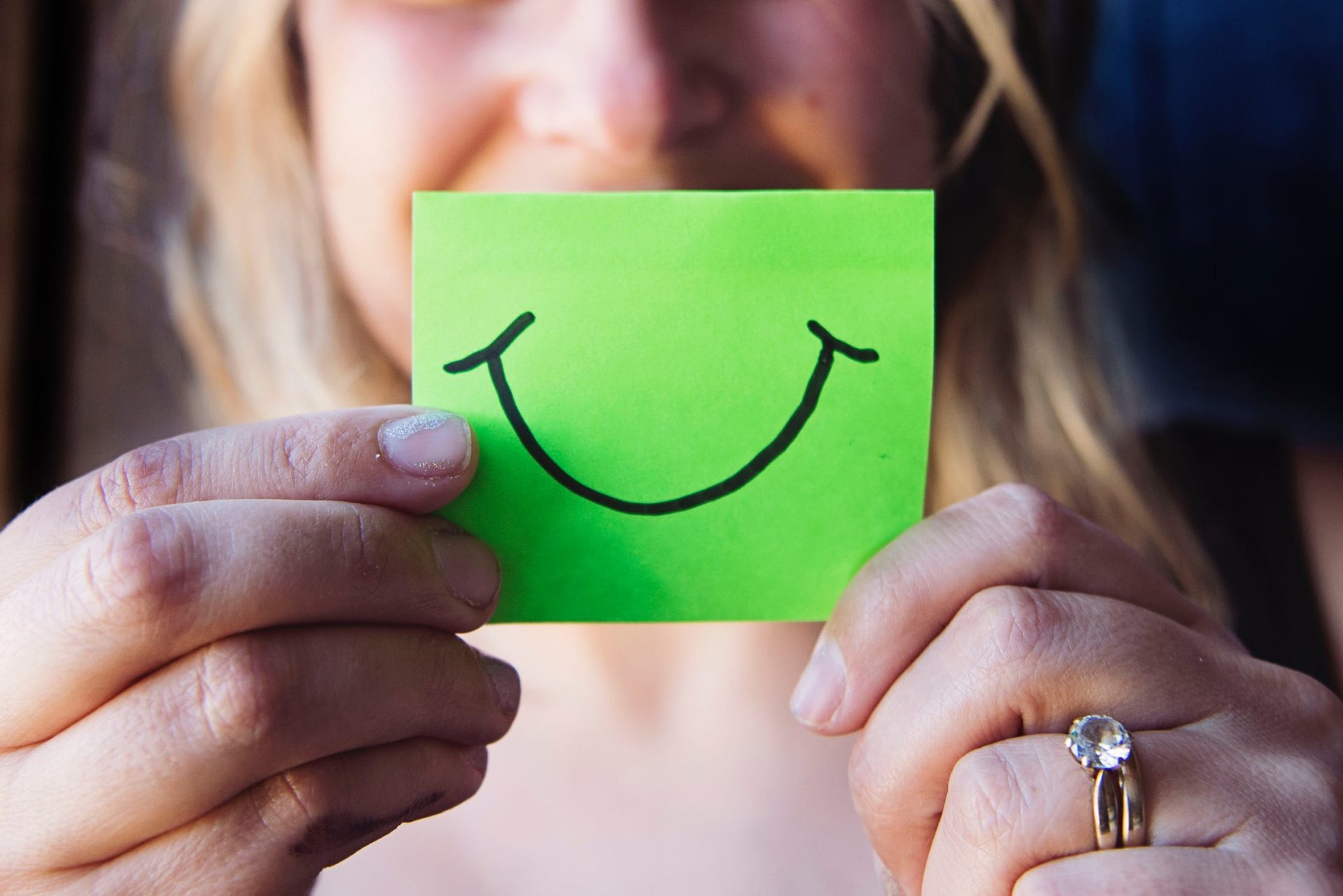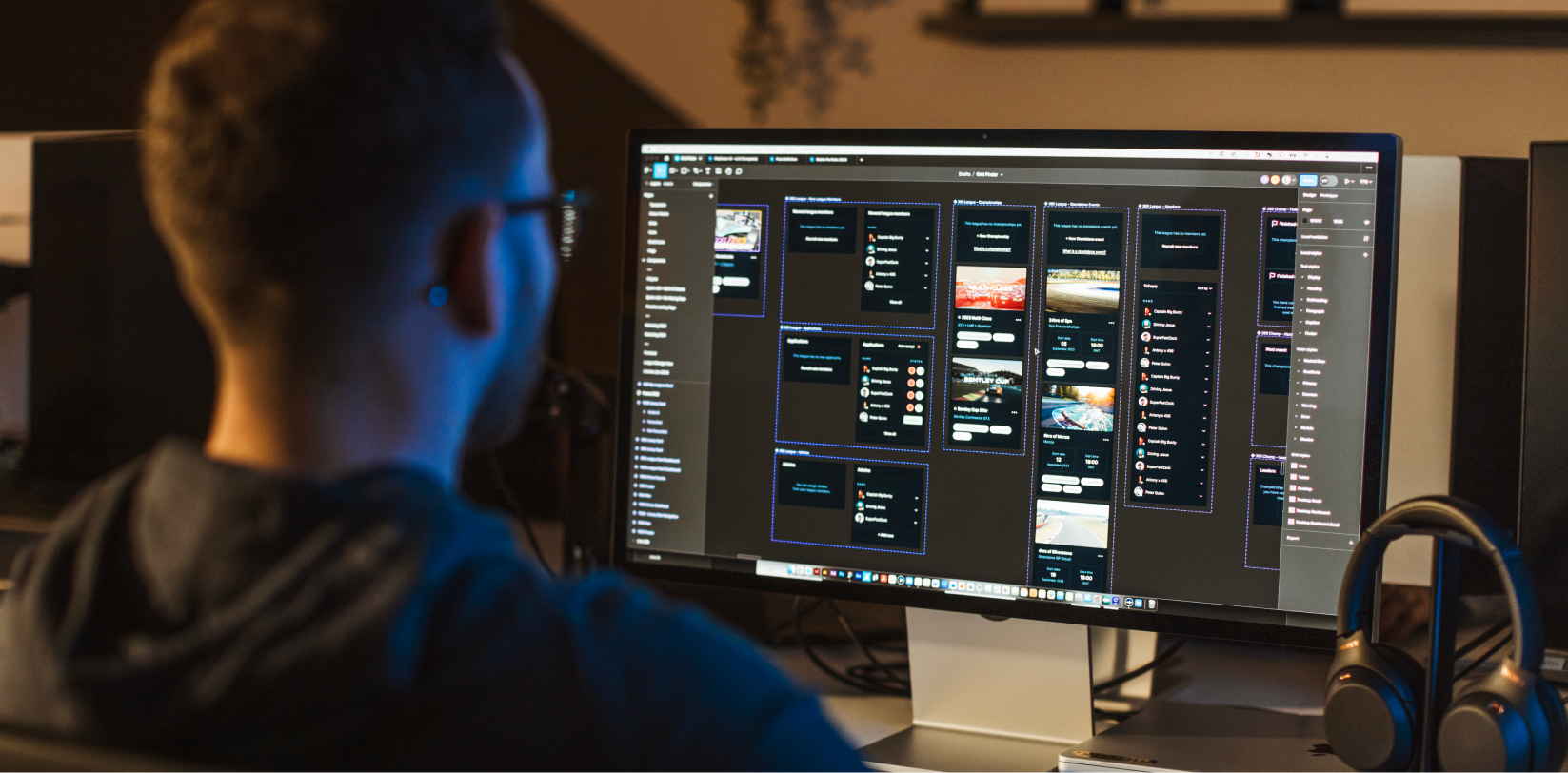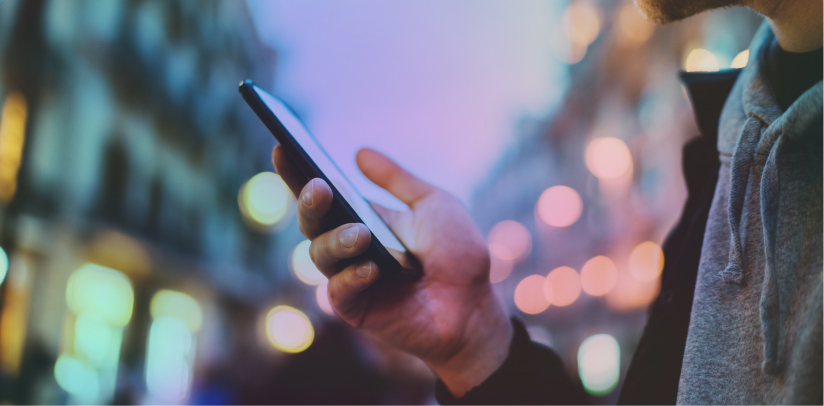[vc_row type=”in_container” full_screen_row_position=”middle” scene_position=”center” text_color=”dark” text_align=”left” overlay_strength=”0.3″ shape_divider_position=”bottom” bg_image_animation=”none”][vc_column column_padding=”no-extra-padding” column_padding_position=”all” background_color_opacity=”1″ background_hover_color_opacity=”1″ column_link_target=”_self” column_shadow=”none” column_border_radius=”none” width=”1/1″ tablet_width_inherit=”default” tablet_text_alignment=”default” phone_text_alignment=”default” column_border_width=”none” column_border_style=”solid” bg_image_animation=”none”][vc_column_text]One way or another, every design connects with its users. This is where these emotional web design tips can help.
Whether this emotion is positive, negative or neutral depends largely on visual design.
This is because visuals are – supposedly – processed 60,000 times faster than our brains than text.
How does emotion dominate decision making?
Creating the right emotional web design is crucial to helping your user build a positive relationship with your product.
This relationship can increase motivation to buy, persuade users to engage with your brand and encourage people to return time and time again.
According to Don Norman, in his book “Emotional Design: Why We Love (or Hate) Everyday Things“, there are three levels of visual design: visceral, behavioural and reflective.
We can use this theory to further understand how visual designs create emotional connections and evoke feelings.
Visceral level of visual design.
This refers to the first impression you have with any design. It’s instinctive and impulsive and you decide this within seconds of laying your eyes on something.
Quality visceral design leaves you wanting to interact with the design again.
Behavioural level of visual design.
Once you decide that you’d like to interact with a design, the next step focuses on how you go about this.
Ultimately, it’s the user experience. How does the design work and function?
The most obvious example of this is a mobile app, but other things like business cards and leaflets also imply behaviour – are you going to file it and refer to it at a later date or chuck it in the bin?
Reflective level of visual design.
Finally, we’re at the stage of “What happens next?” in your emotional web design.
After you’ve interacted with the design, you then – subconsciously – decide what kind of lasting impression it will have on you.
You either forget about the design, remember the design or take action.
How can we convey emotion in our designs?
Any element of your design can evoke emotion.
The key is to make sure that people think there’s a human, not a machine, behind your design. Here are some pointers on how to get started:
Typography.
Readability and aesthetics are essential factors when selecting the right font for your design.
In general, serif fonts are considered to be more professional and serious, whereas sans serif fonts are thought to be modern, clean and informal.

Positive fonts are rounder and open and include serif with thin strokes and styles with long tails.
Meanwhile, there can be negative connotations with typefaces that have thick, harsh strokes, written in ALL CAPS.
More resources for typography:
Colour.
Colour can easily persuade or turn off someone from your business.
What’s more, the same study found that a bad mix of colours can have the same detrimental effect on your design as poor user experience and slow load times.
Broadly speaking, warm colours can be welcoming and creative but can induce feelings of anxiety.
On the other hand, cool colours establish trust and a sense of professionalism, but can also come across as unfriendly and corporate.
More resources for colour in design.
Space.
Whilst it’s tempting to cram everything you want to show off about your business into your design, space is vital for influencing positive emotion around your design.
White space is a popular way to create breathability.
Keep the spacing open and consistent because tightly-spaced and poorly-aligned elements can cause chaos and look messy.
Usability.
When your design doesn’t function or can’t be accessed by a wide variety of people, a feeling of frustration can occur. This can quickly turn people away from your design.
How many times have you clicked away from a website when it wouldn’t load correctly and quickly?
Please check out our blog posts on usability and accessibility for a more in-depth discussion to why it’s important:
- User Interface Accessibility: Why It Matters In Web Design
- 3 Ways to Make a Website Accessible
- Responsive Design: Why Mobile-Friendly Is Not Enough
Style and tone of voice.
Last but not least, your copy must give the right impression.
Write like you would talk with your customers – like a human and in a friendly manner (at least, we hope).
The tone of voice you use can promptly influence the way your reader feels about your design, and therefore your business.
Ready to create emotional web design and with your target audience? Get in touch with a member of our team right now. [/vc_column_text][/vc_column][/vc_row]


